I am trying to animate the stroke-dashoffset property of a svg element as following
const svg = document.querySelector("svg");
//const svgns = "http://www.w3.org/2000/svg"
var ln = document.querySelector('.ln');
var path = ln.getTotalLength();
ln.style.setProperty("--off", path + 'px');
svg.appendChild(ln);.ln {
stroke-dashoffset: var(--off);
stroke-dasharray: 13;
animation: effect 4s linear infinite;
}
@keyframes effect {
100% {
stroke-dashoffset: 0px;
}
}<!DOCTYPE html>
<html>
<body>
<link rel="stylesheet" href="style.css"></link>
<svg id="layer" data-name="Layer 1" xmlns="http://www.w3.org/2000/svg" viewBox="0 0 500 500">
<rect class="boundary" x="100" y="100" height="100" width="130" fill="none" stroke="blue"></rect>
<line class="ln" x1="100" y1="150" x2="230" y2="150" stroke = "grey" stroke-width="2" />
<script href="index.js"></script>
</svg>
</body>
</html>An important part of this animation is the stroke-dasharray value.
I have realized that based on the value of that field, the animation can feel either seamless or not seamless.
For example, with values like 5 and 13 the animation feels seamless. For any other value, the animation is jumpy.
Also, I have realized that 5 and 13 respectively produce
where the dashes start from exactly the left and does not have any residual as opposed to what
stroke-dasharray =6, 10 does
How can I calculate the exact and safest stroke-dasharray values for varying path length which will make the lines starts from exactly the left with no residual that will produce the seamless feel rather than finding it through endless trial and error?




